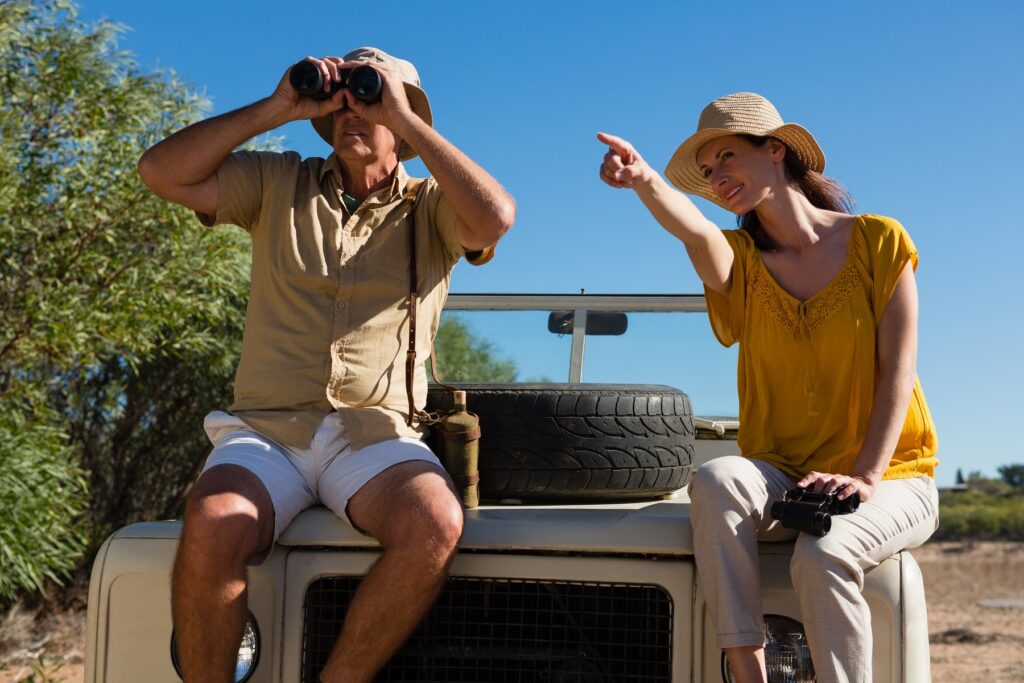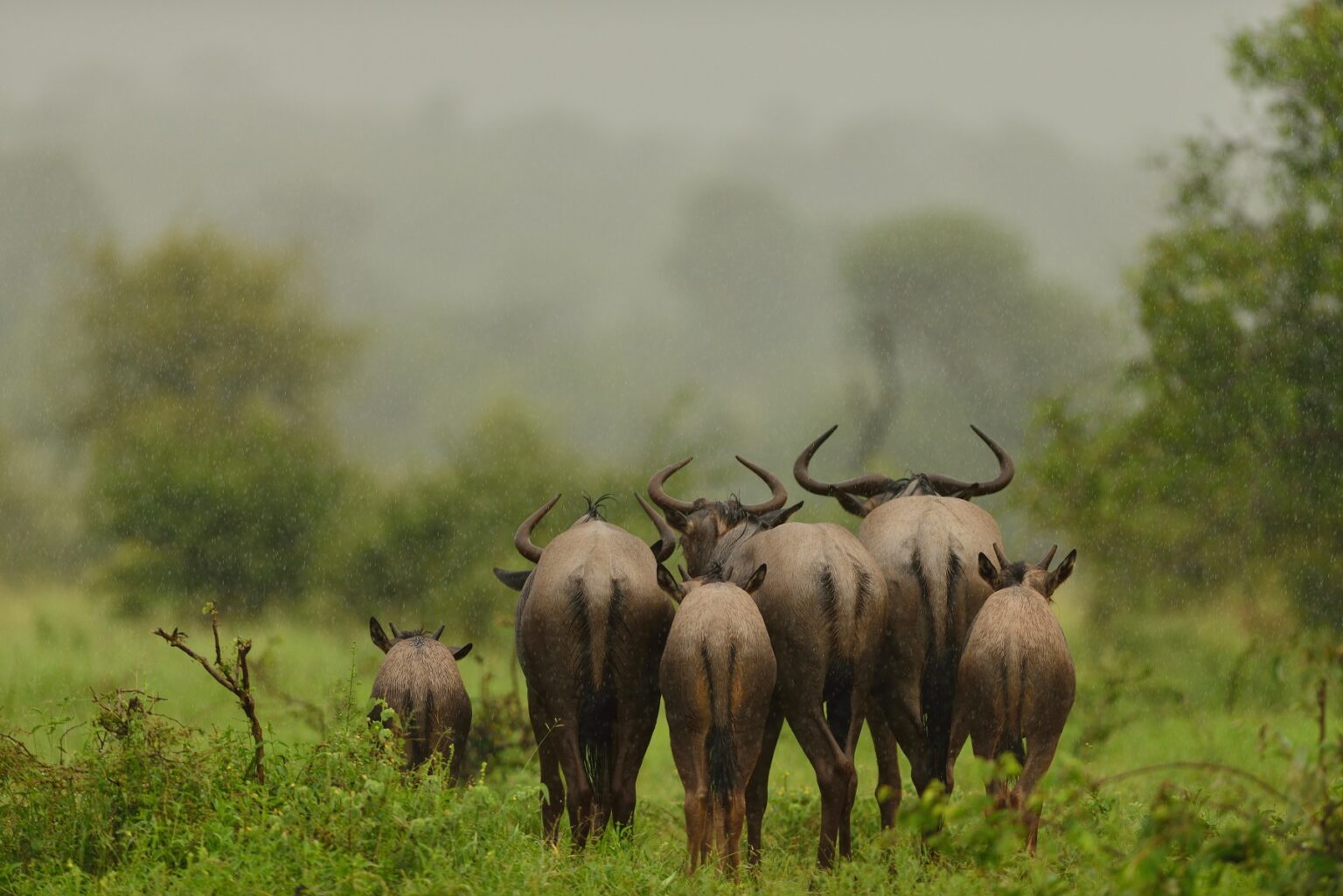Africa’s tourism sector is leading the world in 2025, recording a 12% surge in international arrivals during the first half of the year. This growth is more than just impressive—it’s reshaping safari travel and fueling critical wildlife conservation across East Africa.
If you’re planning a safari in 2025–2026, here’s what the tourism boom means for your experience, the wildlife, and the communities that depend on sustainable travel.
Tourism Growth Driving Conservation
Africa’s tourism renaissance isn’t only about rising visitor numbers—it’s strengthening conservation efforts across the continent. Safari tourism, valued at US$17.3 billion in 2025, is projected to grow to US$25.7 billion by 2032, creating vital funding for wildlife protection.
Conservation Highlights
- Kenya & Tanzania: Increased revenue supports anti-poaching units protecting 35,000 elephants and 2,000 black rhinos.
- Mountain Gorillas: With just 1,000 individuals left, gorilla populations in Uganda and Rwanda benefit directly from higher permit fees that fund habitat protection.
- African Wild Dogs: Only 7,000 remain continent-wide. Tourism presence and conservation funding are boosting research and protection efforts.
- Community Conservancies: Kenya and Tanzania expanded their protected areas in 2024, thanks to tourism income, with poaching incidents declining in hotspots like the Maasai Mara.
Safari Travel in 2025–2026: What to Expect
The surge in visitors is reshaping safari experiences. Popular destinations remain world-class, but increased demand is also spotlighting lesser-known gems.
Enhanced Safari Opportunities
- Wildlife Viewing: New wildlife corridors and improved ranger services mean better chances of seeing the Big Five.
- Emerging Parks:
- Uganda’s Queen Elizabeth National Park (famous for tree-climbing lions) reports a 40% rise in visitors.
- Rwanda’s Akagera National Park now offers rhino and lion sightings with fewer crowds.
- Peak Season Planning: Book 6–12 months in advance for June–September or December–January. Shoulder seasons (April–May, November) offer fewer crowds and lower prices.
Conservation Experiences
Many lodges and tour operators now integrate conservation into their offerings, such as:
• Wildlife monitoring and tracking programs
• Anti-poaching unit briefings
• Visits to research stations and rehabilitation centers
Best Wildlife Encounters
- Big Cats: Maasai Mara conservancies offer exclusive access and higher sighting density.
- Elephants: Amboseli and Tarangire remain top choices for large herds.
- Primates: Rwanda’s Volcanoes National Park offers expanded gorilla permit availability.
- Marine Life: Kenya’s coast now supports whale watching with improved infrastructure.

How to Travel Responsibly
Your choices as a safari traveler directly impact conservation. Support operators and lodges that reinvest in wildlife protection and community development.
Responsible Travel Tips
- Choose Certified Operators: Look for Global Sustainable Tourism Council members or Kenya Association of Tour Operators (KATO).
- Stay in Community Conservancies: Locations like Ol Kinyei (Kenya) or Lewa Wildlife Conservancy ensure revenue benefits local communities.• Follow Ethical Guidelines: Keep a 25-meter distance from big cats, avoid flash photography, and stick to eco-friendly camps.
- Support Local Communities: Buy crafts directly from artisans and engage in authentic cultural exchanges.
Planning Your Safari
Responsible Travel Tips
Best Times to Visit
- April–May: Quieter, affordable, excellent wildlife viewing.
- June–September: Peak migration season—book early.
- October–November: Great balance of wildlife activity and manageable crowds.
- December–March: Calving season with predator action; high demand.
Travel Strategy
- Book 9–12 months ahead for peak travel.
- Combine popular parks with lesser-known conservation areas like Laikipia Plateau or Ruaha National Park.
- Budget $400–800 per person per day for premium lodges that directly support conservation.
The Takeaway
Africa’s 2025 tourism boom is more than a travel trend—it’s a lifeline for wildlife and local communities. By choosing responsible operators and planning ahead, your safari can deliver unforgettable experiences while directly funding conservation efforts.
Your 2025–2026 safari isn’t just a journey—it’s an investment in Africa’s future.


